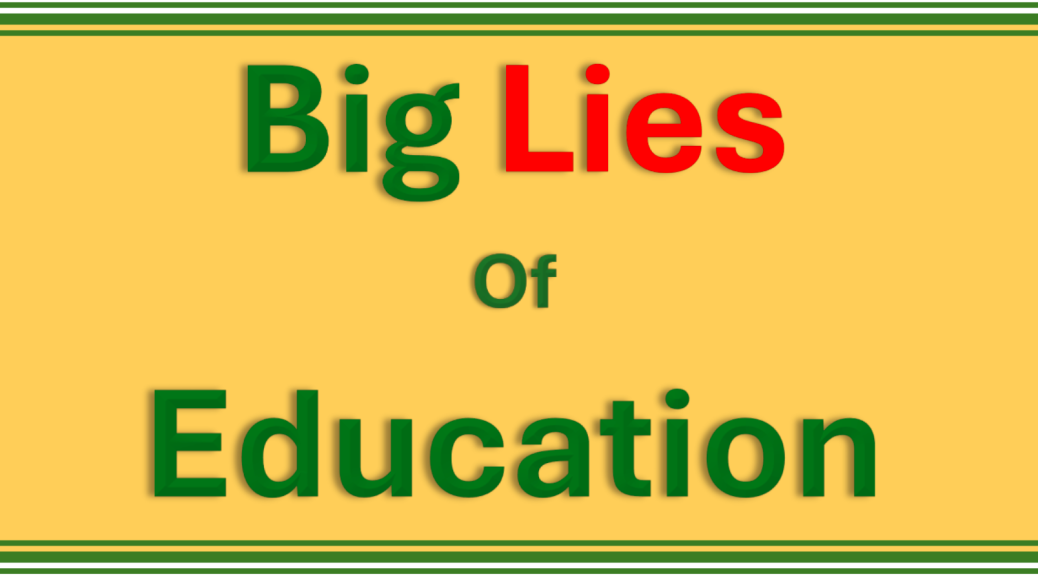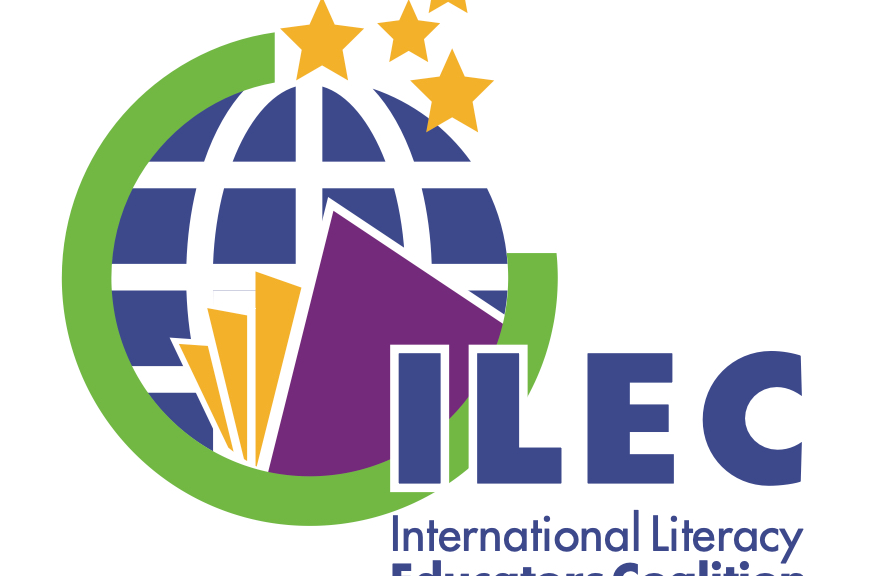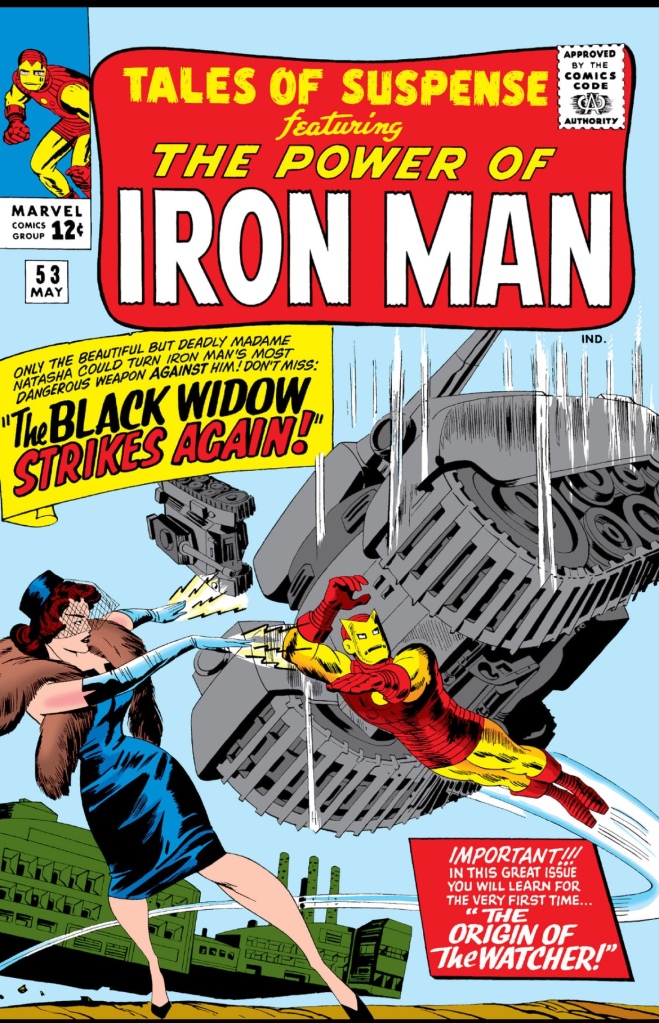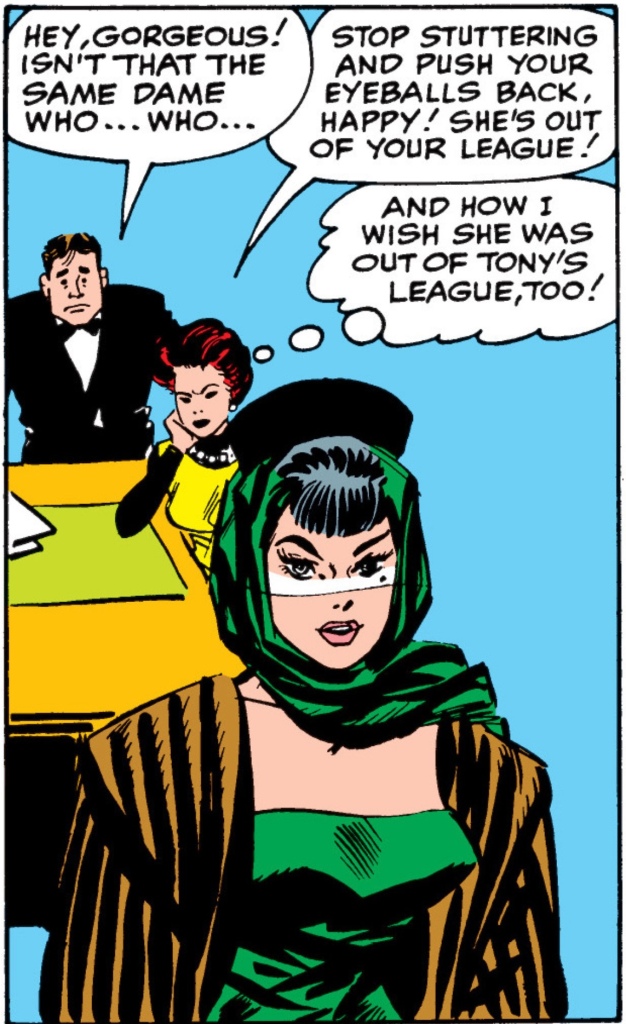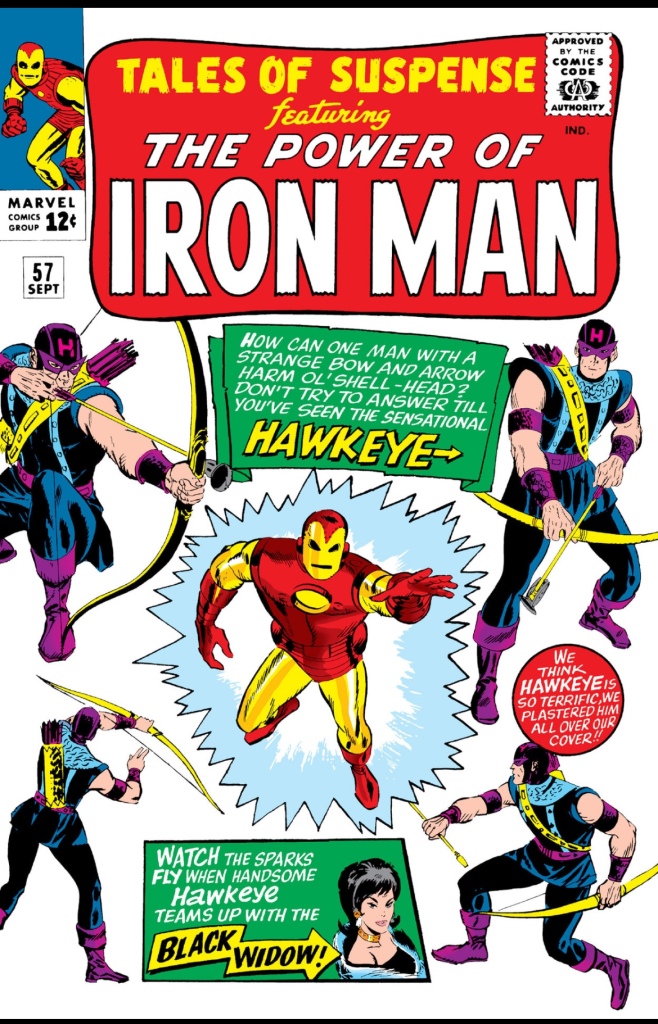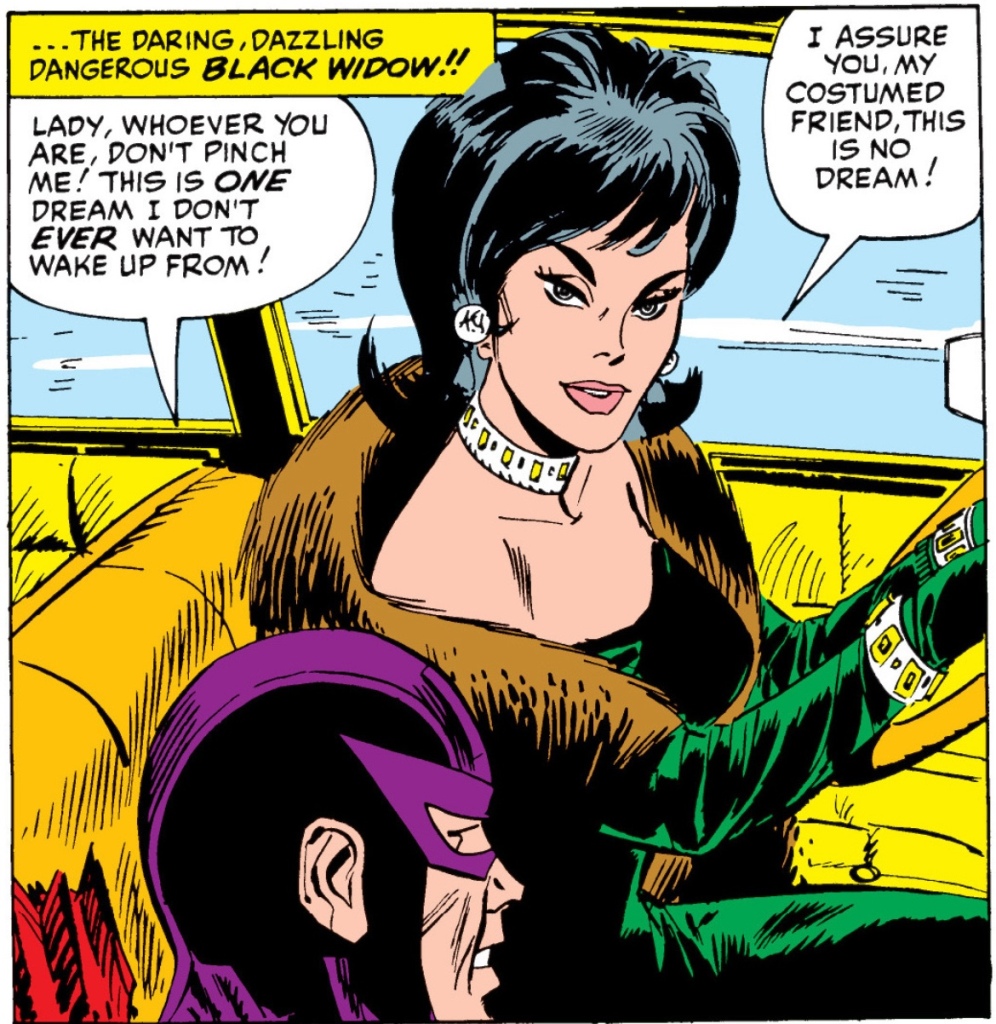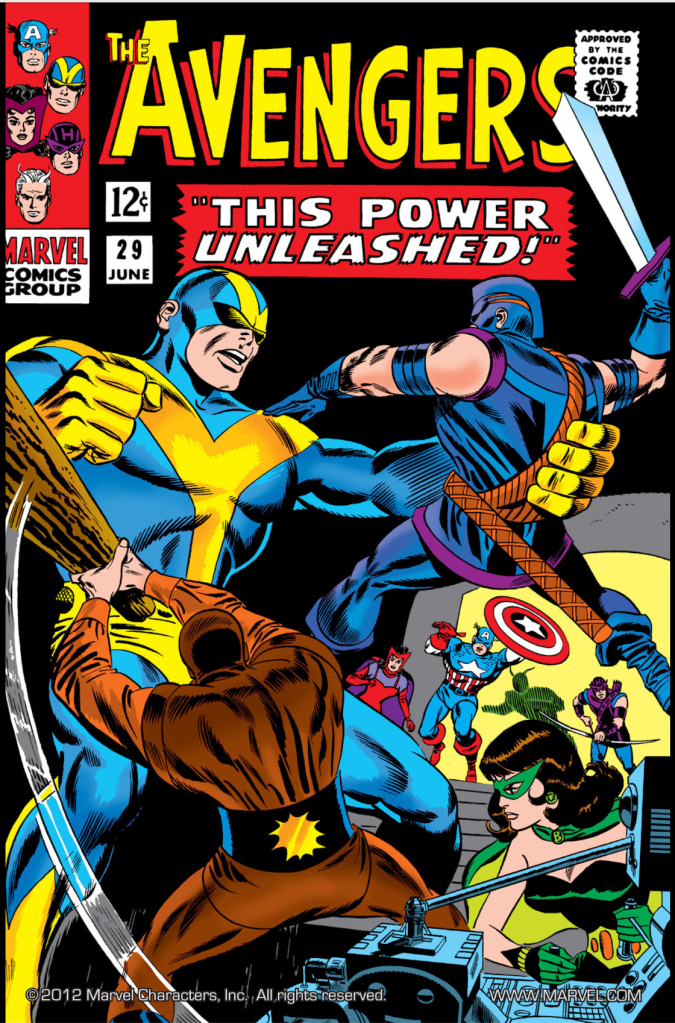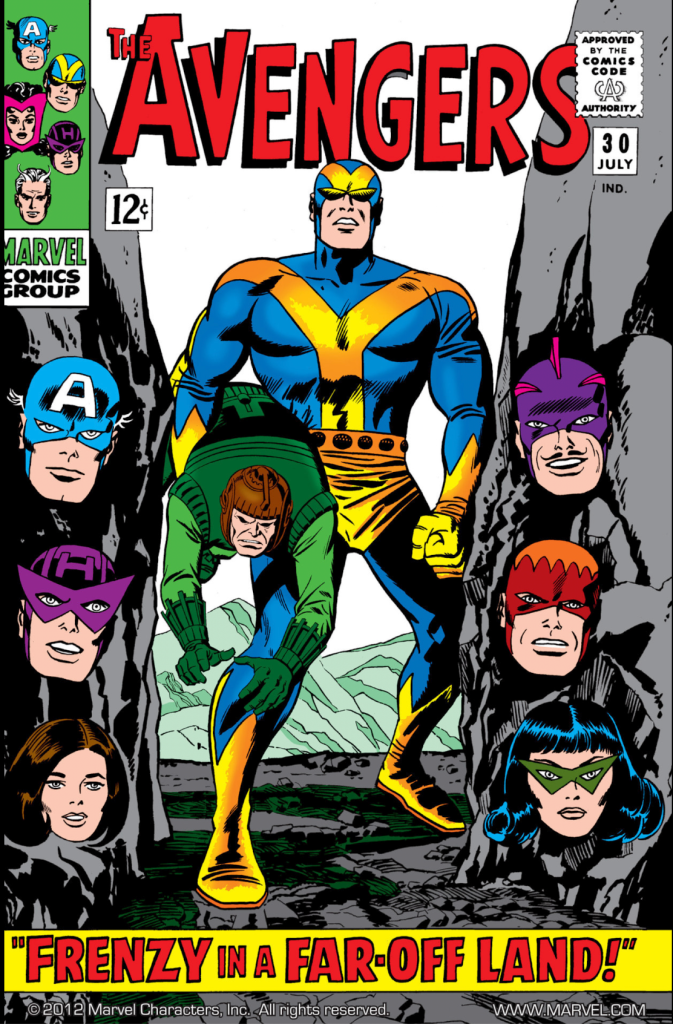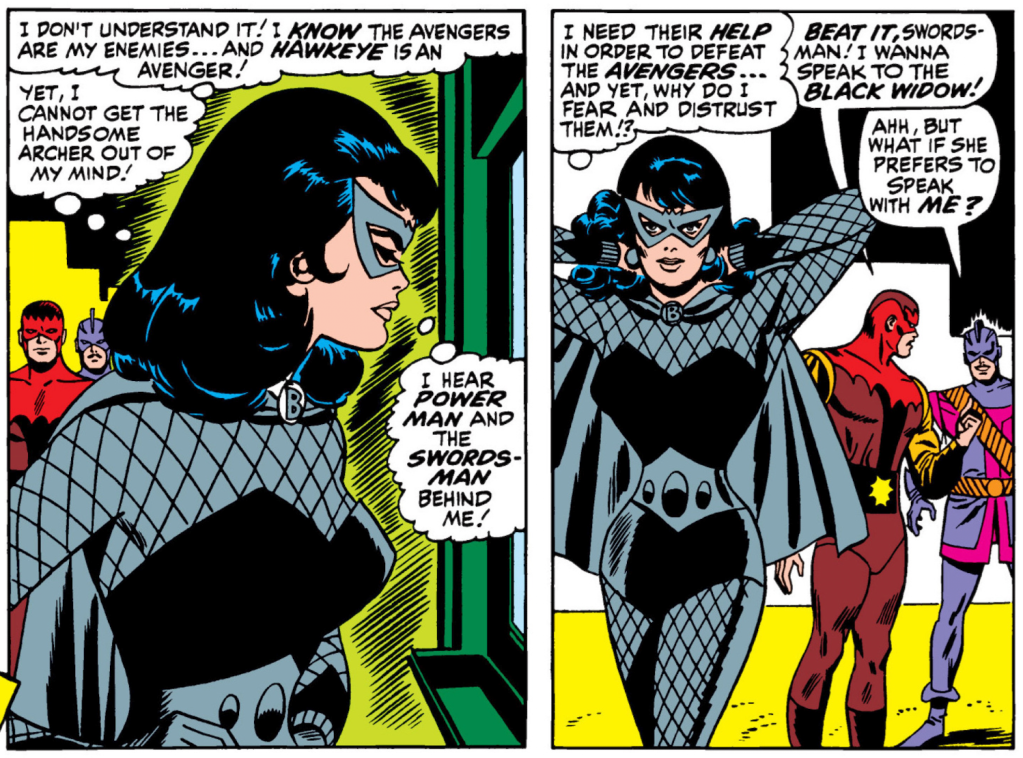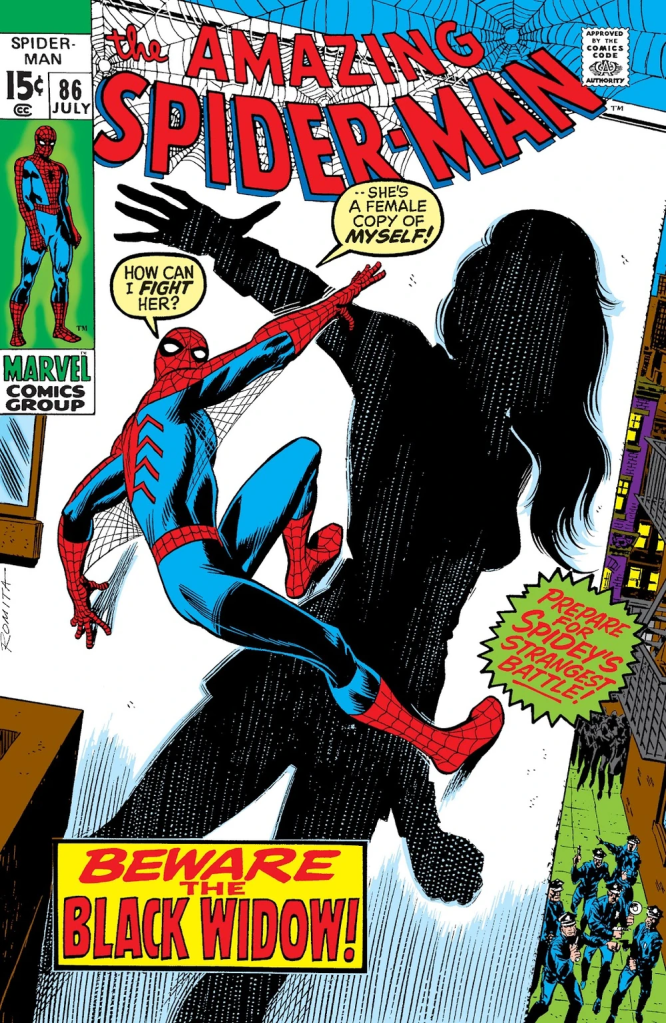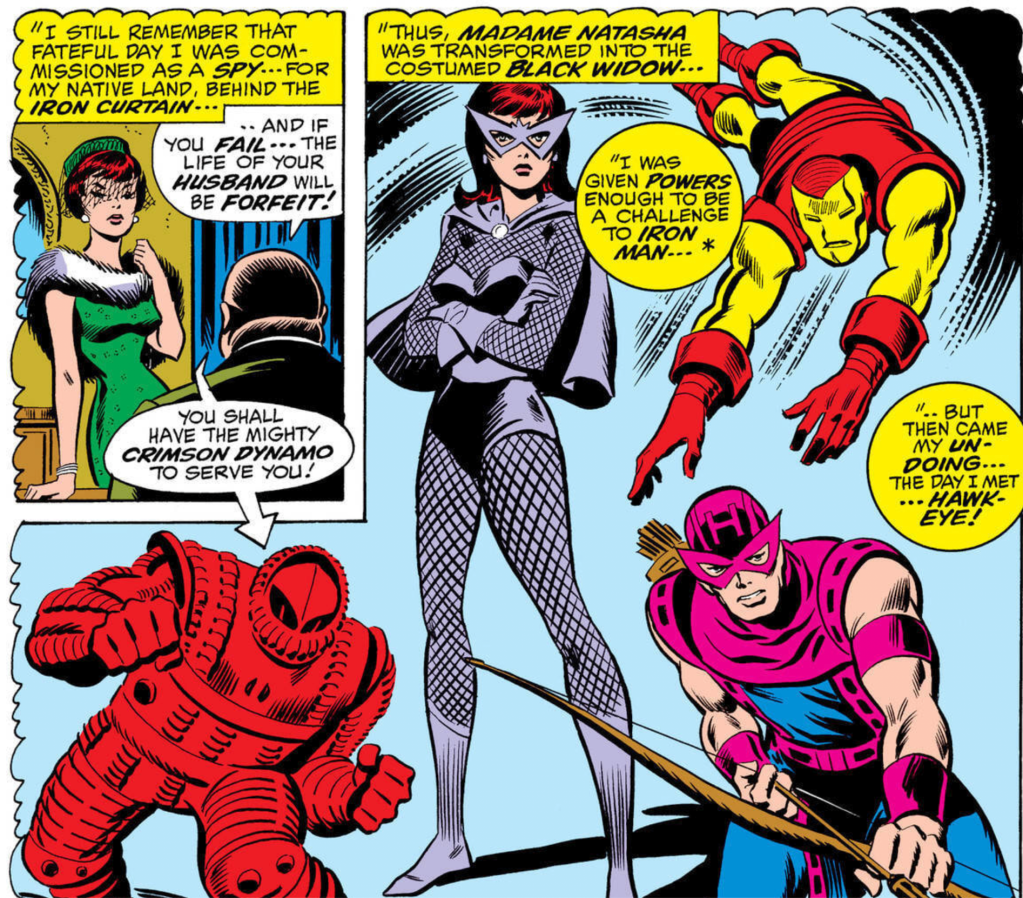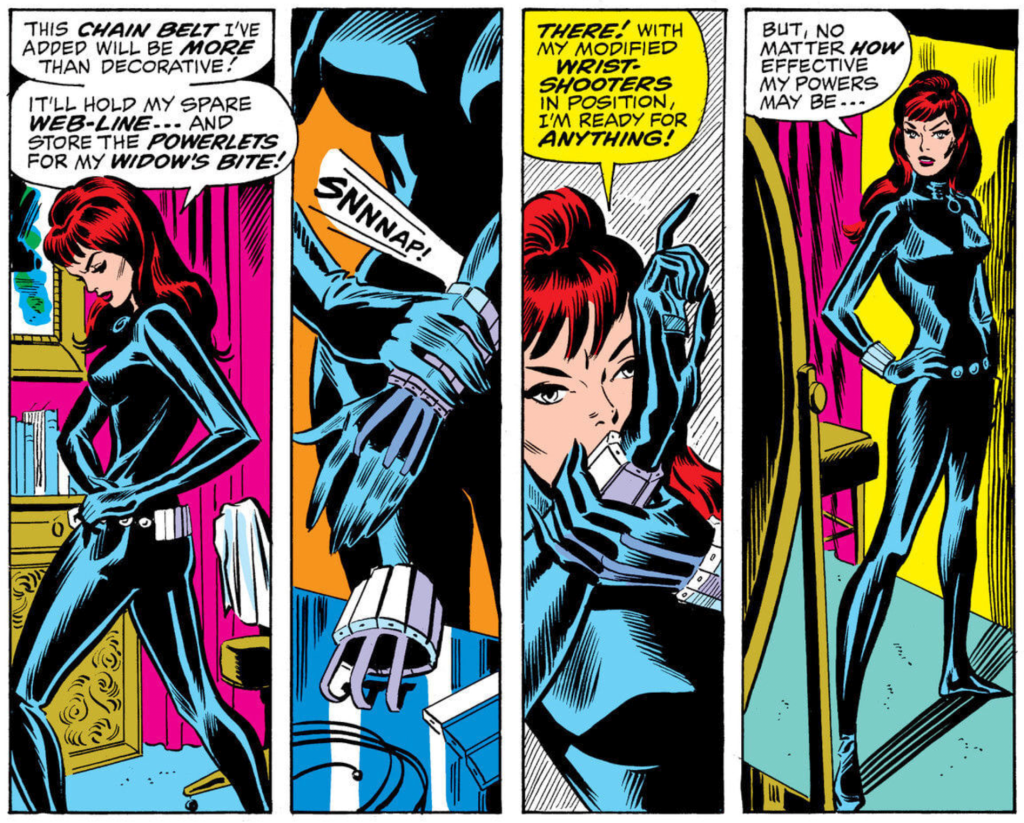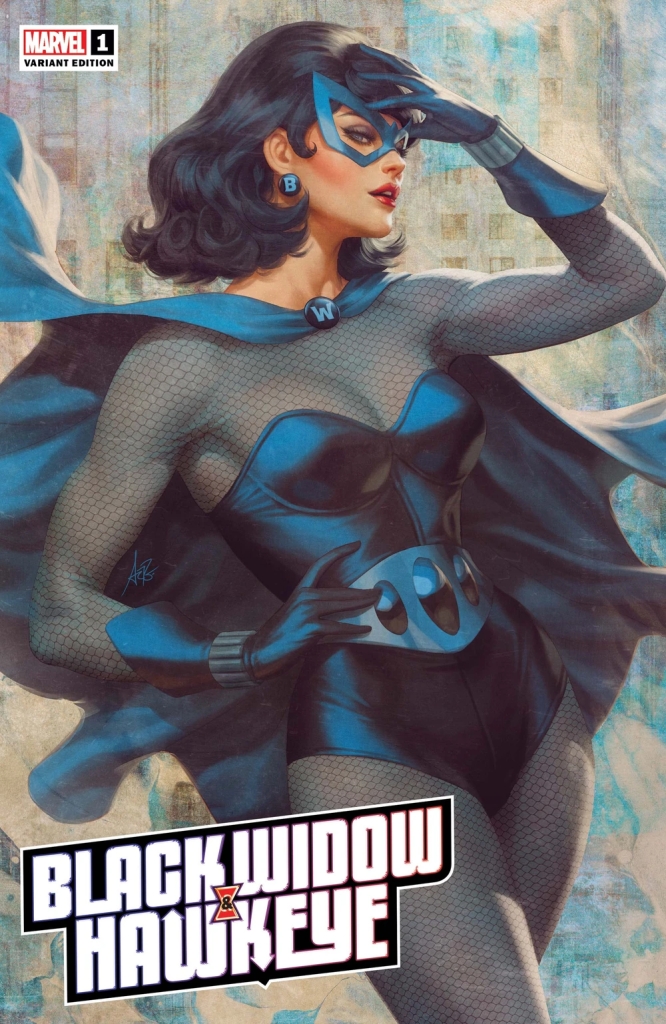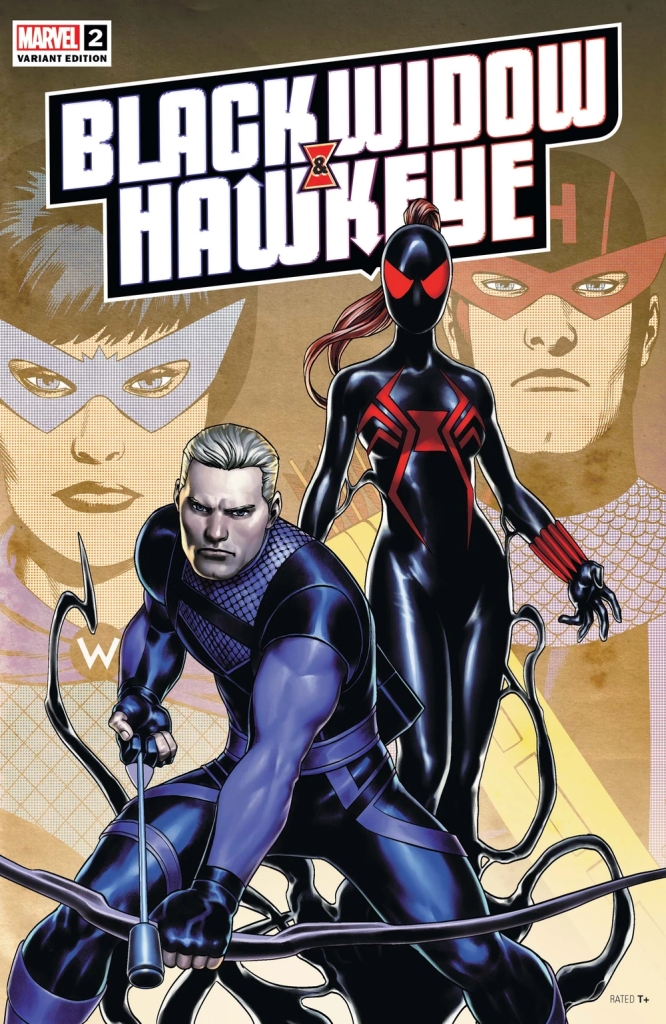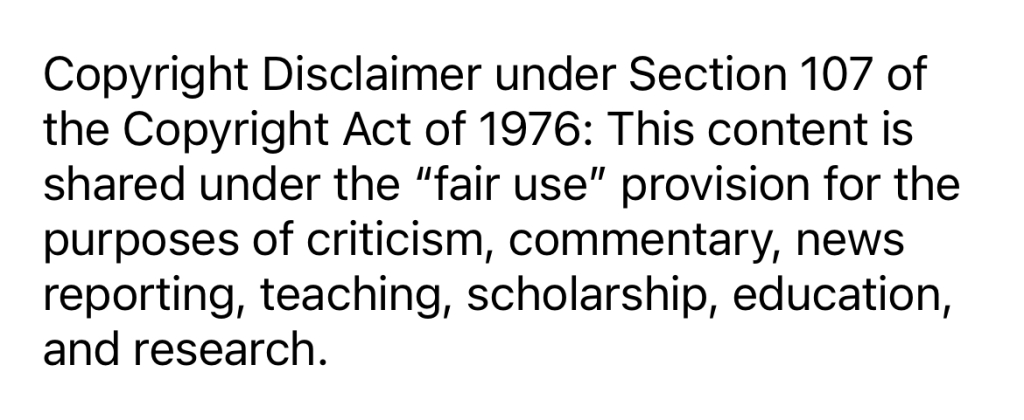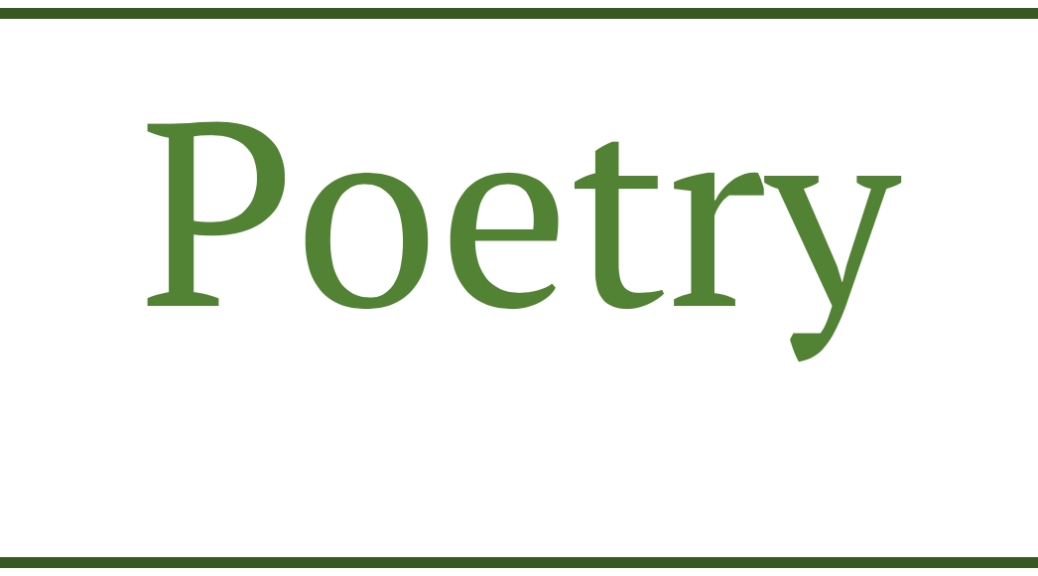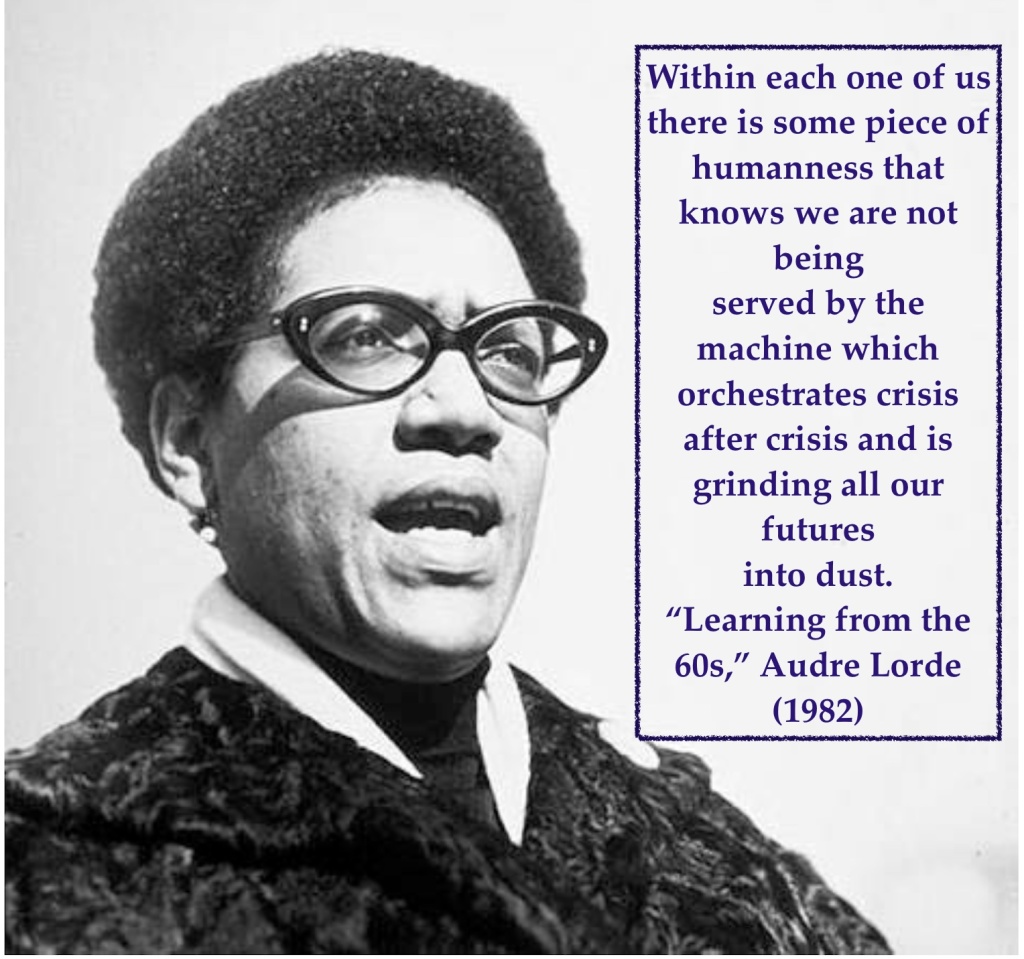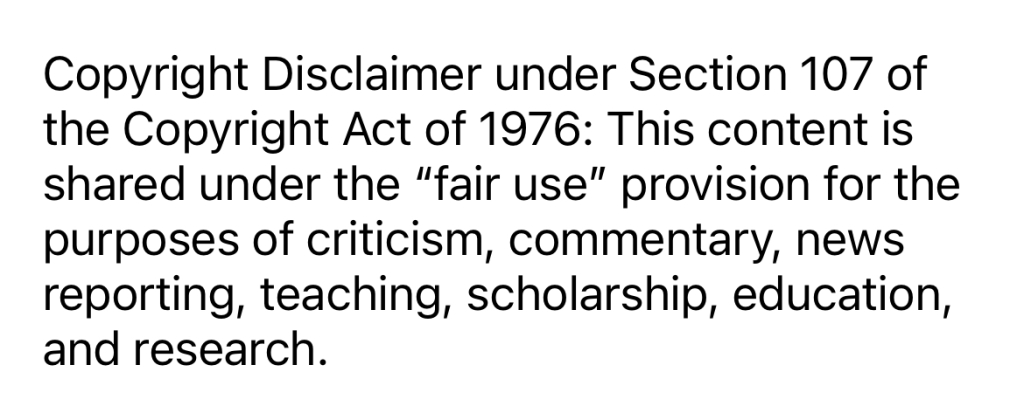[Header Photo by K. Mitch Hodge on Unsplash]
The rhetoric of education reform over the past six or so years has embraced a now pervasive labeling, the “science of”—grounded in the “science of reading” (SOR) movement.
Some of the defining features of the “science of” movement include significant doses of arrogance and idealism.
A turning point for me in terms of engaging in the heated SOR discourse on social media was when a prominent literacy scholar with roots in the National Reading Panel (NRP) pointedly referred to scholarship challenging the SOR story and movement as “stupid.”
That turning point included not engaging with that aspect of the debate at all while continuing to make the case I was certain is well supported by the evidence—the SOR movement is yet another example of rearranging the chairs on the deck of the Titanic.
And as the scholarly responses to the media and political SOR movement increased, that assessment has become more and more valid.
In short, the SOR era of education reform targeting reading is nothing new and the consequences of simply rearranging the chairs are harming students and teachers.
However, just recently a major organization that has promoted SOR has doubled down, oddly calling scholarly presentations on SOR at the national AERA conference nothing more than “myths.”
AERA is a rigorous organization and conference, thus, such as assertion seems at best careless and at worst incredibly negligent.
One aspect of the “myth” post that is worth examining more carefully is the claim that we all must either stay on the SOR bandwagon or revert to a so-called failed status quo.
This is yet another lazy false binary that concedes to remaining on the Titanic—the four-decades long accountability reform movement.
Let’s start by clarifying exactly what the criticism of the SOR movement and SOR-based legislation and policy is addressing:
- As John Warner asserts: “When you see the construction the ‘science of…’ as applied to education you are looking at a marketing term, not a reflection of something real when it comes what most of us think of when it comes to scientific inquiry and the standards of proof for claims.”
- “‘Is there a sudden reading crisis right now?’ [ Shayne] Piasta said. ‘I see it more (as) this has been chronic. And I think COVID just put more of a spotlight on it.'” (Debunking myths about co-opted reading science)
- According to Reinking, Hruby, and Risko, “there is no indisputable evidence of a national crisis in reading, and even if there were a crisis, there is no evidence that the amount of phonics in classrooms is necessarily the cause or the solution.”
To be brief, the SOR movement is grounded in a manufactured crisis orchestrated by the media and then amplified by the education marketplace and political leaders who are deeply invested in education reform as industry.
While the SOR movement and mainstream education reform are permanently invested in “crisis” rhetoric and endless cycles of in-school only reform initiatives (rearranging the chairs), there are alternatives to the current SOR reform agenda and the inadequate status quo (which, ironically, is little different than the SOR reform itself).
First, rhetorically, we must stop using the word “crisis” since, as Piasta noted, the state of reading proficiency among US students is chronic—essentially for thirty years or more about 2/3 of students seem to be performing roughly at grade level or above with the remaining 1/3 over-represented by minoritized, marginalized, and vulnerable populations of students.
Second, we must acknowledge and then address that well over 60% of measurable student achievement (including reading proficiency) is causally related to out-of-school factors. Thus, social reform is education reform, and addressing healthcare, home and food security, and children’s access to books in their homes and communities would likely improve measurements of student reading proficiency.
Third, as Reinking, Hruby, and Risko show, there simply is little evidence that reading programs, reading instruction, or teacher quality are uniformly failing students in terms of reading. Over those thirty years of flat reading scores across the entire US, reading programs and instructional practices as well as the teacher workforce have never been uniform.
Fourth, as Warner notes, education reform in the US is almost always a market initiative. In reading, the constant cycling through different reading programs and the hyper-focusing on fidelity to those programs (notably, not fidelity to the needs of students) have never produced the results promised (and never will).
And finally, along with refusing to address out-of-school factors, the inability to move beyond rearranging chairs distracts from the sort of in-school reform we have never attempted—addressing teaching and learning conditions.
Likely the very worst aspect of the SOR movement is that SOR reform has made teaching and learning conditions worse; for example, these are some of the realities of legislation that defy the idealism and willful ignorance in continuing to endorse SOR reform:
- Grade retention. Grade retention creates a mirage of increased grade 3 and 4 reading scores that disappear by grade 8 [1], but that mirage benefits political leaders at the expense of students (grade retention remains strongly correlated with student low self-esteem and dropping out of school).
- Scripted curriculum. Along with “science of” as marketing rhetoric, “structured literacy” is a central term in SOR reform, created by the IDA to “help us sell what we do so well.” The problem with structured literacy programs is that they are often scripted curriculum that increases the accountability focus on fidelity to teaching the program and not students. Structured literacy mandates have de-professionalized teaching by replacing teacher autonomy with market authority.
- “Whitewashing” the curriculum. The structured literacy programs that are phonics-forward have also decreased the diversity of texts presented to students and significantly reduced the amount of authentic and extended texts that students read. As noted above, the chronic failure of reading in the US has impacted disproportionately diverse populations of students who are now being feed a white bread curriculum devoid of nutrients.
Education reform broadly and the current SOR movement (along with the growing “science of” cousins) are fatally committed to idealistic and aspirational rhetoric and claims that ironically are not supported by either the science or the evidence in our day-to-day classrooms.
If we are serious about addressing the chronic state of reading proficiency in the US, we must not stay on the failing SOR bandwagon, but we cannot simply throw up our hands and stay the course—continuing to rearrange the chairs on the deck of the Titanic.
To do the right thing, we must do something different, and doubling down on idealism while pretending the ship isn’t sinking is not something different.
[1] Mississippi and Florida demonstrate the test score increases in grades 3 and 4 but falling by grade 8. Further, if SOR worked, why are both states continuing to retain about the same number of students over the last decade?



